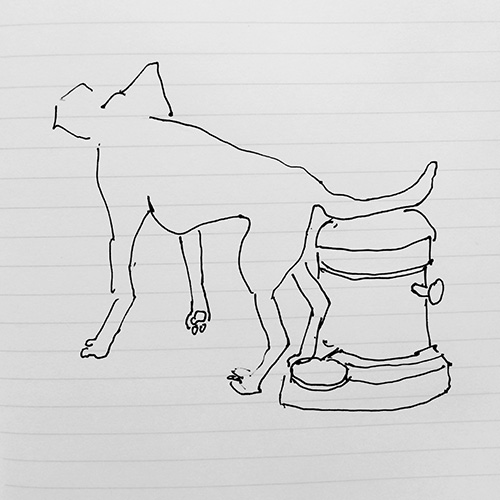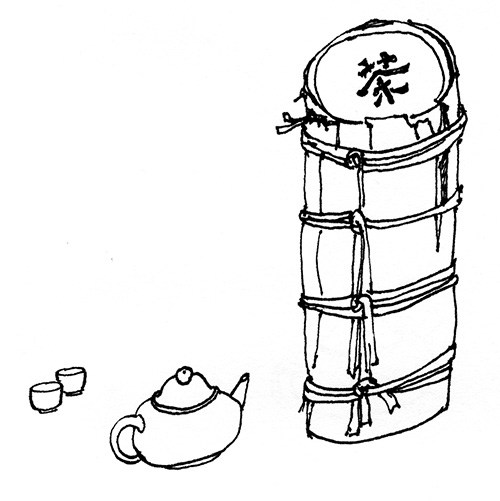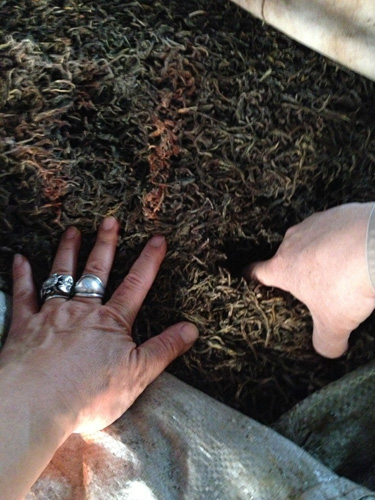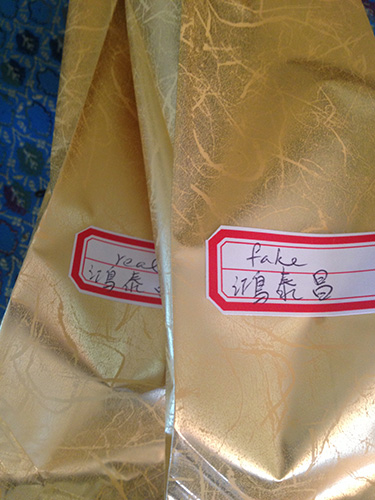When you manage your email through Google, the system automatically creates default folders for you, and although most of them make sense (Sent Messages really do contain emails that I have sent), there is a truly confounding folder labeled Important, which is where some of my email goes, and ALL of the emails I delete.*
* Yes, I have my settings set correctly, my deleted mail is set to go to the Trash. But whatever.
A folder labeled “Important” is confusing because that’s not how I work, I can’t even begin to fathom the agony of deciding what’s important and what’s not, because importance is a matter of context. You can relegate something to be not important simply because you want to blow that person off, or you can say getting one’s buttocks and abs whipped into shape is of upmost importance.
Since Google’s Important folder seems to follow no apparent logic, the other day I got tired of it.** I deleted an email that had credit card info on it, and it somehow found its way to the Important folder so I seized the moment and deleted all the emails that were in there. Yes, all 19,000+ of them.
** Yes, I have recently found the setting where I can hide the Important folder, which just goes to show you its importance.
And suddenly a lot of my emails were gone. Not my Sent mail (they were in the Sent folder), and not the emails that I had filed to other folders, but the weird emails that were in the middle ground between save and delete, the ones I scroll past every single day and wish someone would just come and tell me what to do with them. And amongst this epic pile, only some, but not all of those emails were gone.
Did I freak out? Nah, I just got a little sad. OK, a lot sad. If a company creates an Important folder for you, when you delete it, shit should really hit the fan. But nothing important was missing. I couldn’t remember anything that I was going to miss having around. Invites to events, notice of stores having sales, or links to dumb articles were resent by whoever, re-spawned into my Inbox like sea monkeys. All those 19,000+ emails were stupid. Email is stupid.
The other day someone from a fancy ass hotel in Beverly Hills called up a friend of mine, looking for an expert on Pu’er tea.
Apparently the cleaning lady at the hotel tossed out a very special guest’s stash of Pu’er tea, which, to any normal person, does look like a clod of dirt.
The guest either threw such a fit, or was so special that the hotel was considering replacing the tea, or at least finding out whether it was something they wanted to do.
My friend asked whether they knew what kind of Pu’er it was, and they told her that the guest said the tea was from the 1920’s, and sent some photos. The guest had quite a few tea cakes from this era, and the wrapping on them looked old and dirty.
A little history here: aged Pu’er is one of the most sought after teas and certainly the most faked. An authentic Pu’er tea from the 1920’s is most likely a fake or impossible to replace, and probably wouldn’t have buddies from the same period. Authenticating Pu’er is hard but understanding that the history of tea and the history of China go hand in hand is the first place to start.
– Before 1949 (invasion by Japan, Chinese civil war) the Pu’er producers were family owned, and used no wrapping.
– After 1949, with the establishment of the Communist party, state ownership took over with 4 major Pu’er companies, each with specific brands on their wrappers.
– After 1970, an agricultural entity takes control and starts production of Pu’er under the name of Seven Sons. At this time there is a proliferation of private label teacakes, a lot of family farms and suddenly everyone has a different wrapper and a different name and a different recipe, leading to a lot of confusion.
—End of history lesson—
Here’s the funny part.
The photos that were sent from the hotel guest were of tea wrapped in none other than the Seven Sons label, which started circa 1970. A 1970’s Pu’er is nothing to sneeze at, but unless you taste the tea, you don’t know what year it’s from, as Seven Sons Pu’er is still manufactured today.
So, 1920’s Pu’er tea my foot, or my ass, or my Google Important folder.
Here’s a commemorative Pu’er from the People’s Liberation Army on its 80th anniversary. This one is real. It’s from 2008. The friend who gave it to us had a relative who was a general.






